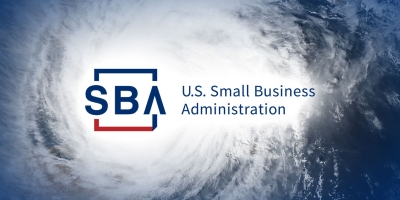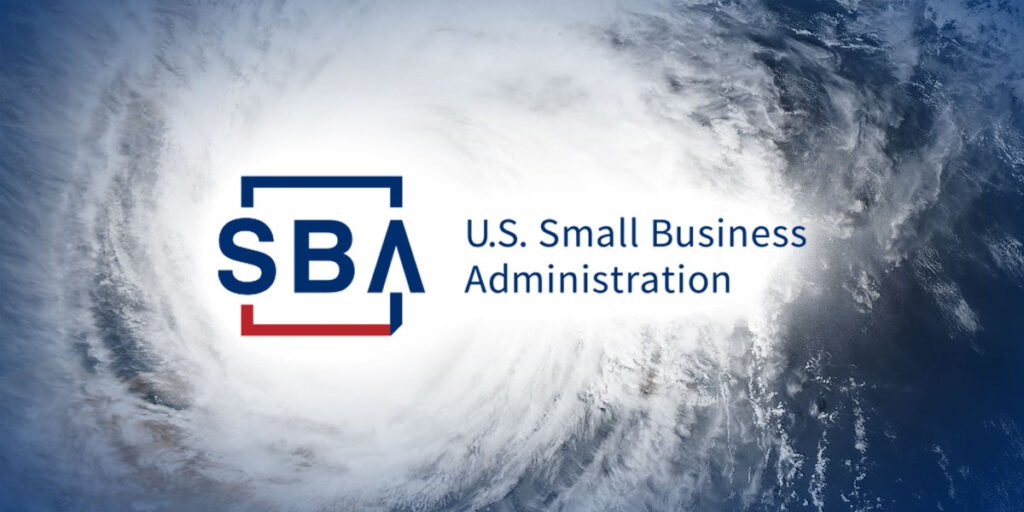
Southeast Small Business Owners, Homeowners, and Renters: Hurricane Season is upon us and continues until the end of November. At the US Small Business Administration (SBA), our concern isn’t whether a storm will come, but when it will arrive. The National Oceanic and Atmospheric Administration (NOAA) forecasts a busy Atlantic season, with 19 named storms and up to nine hurricanes, four of which could be major, classified as category 3 or stronger.
Hurricanes, floods, and other disasters can severely impact communities, particularly small businesses. These events bring about concerns like power outages, disruption of supply chains, and even the potential for total loss of property. As an SBA Regional Administrator, I want to stress: don’t delay—prepare now. The SBA has resources available to support you before, during, and after a disaster strikes.
Who we are and why we are here
The SBA is dedicated to helping American small businesses succeed. Since its establishment in 1953, the SBA has offered loans, grants, and various support to entrepreneurs and communities. Our Office of Disaster Recovery & Resilience (ODR&R) is our dedicated team on the ground during crises. Why do we have this specialized team? Because disasters can lead to structural damage, but they can also shatter dreams, disrupt livelihoods, and harm local economies. Our disaster team is active all year, assisting businesses and homeowners in recovering quickly through low-interest loans and by connecting them with local partners. Currently, we’re in around 30 active disaster zones and managing over 200 declarations for economic injury disaster loans. We’re ready to help when you need us the most.
SBA Disaster Support: What is available?
The SBA provides low-interest disaster loans to fill gaps when insurance or other aid fall short. These loans can be essential in helping you rebuild, keep your business afloat, or replace lost property. Here’s a breakdown:
- Physical damage loans: Designed to address the damage to property (with no interest or payment for the first year):
- Businesses and nonprofit organizations: Up to $2 million for repairs or replacements of damaged buildings, equipment, or inventory.
- Homeowners: Up to $500,000 for major repairs to residences.
- Renters and homeowners: Up to $100,000 for personal items like furniture, appliances, or vehicles.
- Economic Injury Disaster Loan (EIDL): Available for small and medium-sized businesses and agricultural cooperatives struggling with cash flow post-disaster (also with no first-year interest or payments):
- Loan amount: Up to $2 million to cover operating expenses, wages, or other obligations that can’t be met due to the disaster.
- Mitigation support: Interested in strengthening your property against future storms? You can add up to 20% of your verified physical damage loan amount to fund improvements like storm windows or sump pumps.
Ready-to-read documents
To streamline the SBA loan process, keep the following documents accessible before a disaster strikes:
- Financial records: A balance sheet, recent tax returns (both business and personal), income statements, and overall financial situation.
- Insurance information: Insurance contract details (for property, business, or tenant) and any relevant payments received.
- Proof of damage: Photos of damaged properties, repair quotes, or contractor estimates.
- Business Documents: Business license, articles of incorporation, or other legal documents validating your business.
- Personal ID: A driver’s license or other government-issued ID for homeowners or tenants.
- Loan application form: Start the application process online. Things move faster if you have your employer identification number (EIN) or Social Security number ready.
It’s a good idea to keep these digital copies secured in a cloud service or stored in a waterproof container. Disasters don’t wait for anyone; you’ll appreciate being ahead when the time comes.
Be prepared, stay resilient
The more proactive you are now, the better you can recover later. Every business should have an up-to-date emergency plan. For helpful resources, check out Ready.gov for tips on preparation.
When disaster strikes, local SBA teams will collaborate with federal, state, and local partners to assist in rebuilding efforts. We understand that the recovery process can be daunting, both financially and emotionally, but we are here to guide you through each step. Our objective is simple: help your business thrive for generations, ensuring that you not only recover but come back even stronger.
For additional details, visit sba.gov or visit your local SBA office. Let’s prepare together because when the storm hits, we’ll be there to support your recovery.







